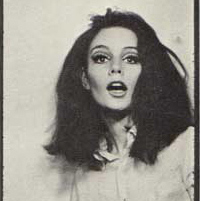Rock Paper Photo
Famed Beatles photographer Tom Murray on the debut of the ultimate online gallery of pop culture images

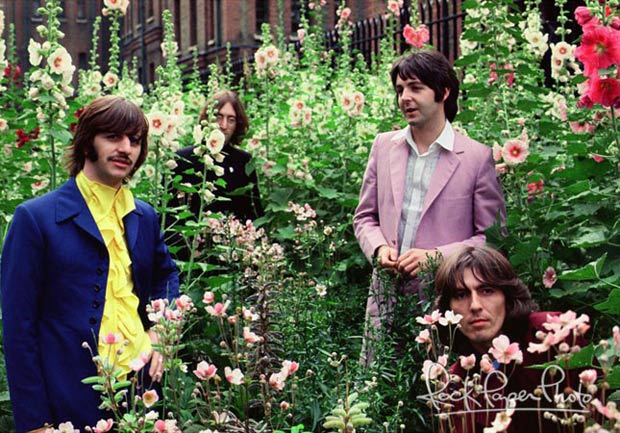
Last week online photography gallery Rock Paper Photo launched, ambitiously making thousands of the most sought-after images in pop culture history available to the general public. Shot by top photographers, all images are carefully selected, available in limited editions and hand-signed by the lensmen themselves. Connoisseurs can snap up Richard E Aaron’s archival pigment print of Jerry Garcia peering over his glasses for thousands or, if you’re just an endearing fan, a few hundred will get you a Richard Beland print of the Beastie Boys.
To learn more about the new site and its featured photographers we were lucky enough to chat with Tom Murray, the award-winning photographer who shot the series of Beatles photographs now known as “The Mad Day: Summer of ’68,” which are widely considered some of the most important color photographs of the group ever taken. We caught up with Murray here in NYC just minutes after he signed the first editions to be sold on RPP and hours before hopping on a flight back to England.
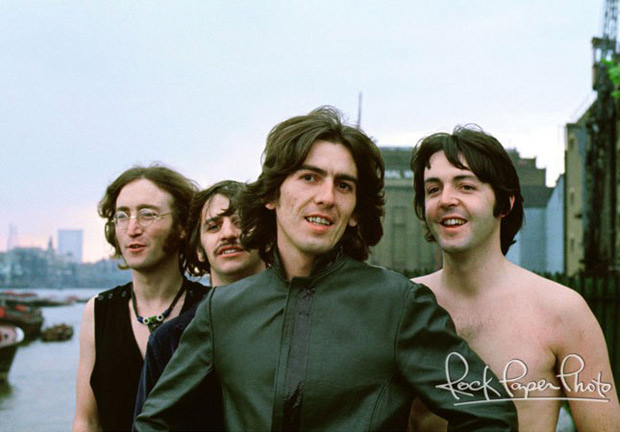
How did you find yourself involved in Rock Paper Photo?
For a long while we have only been showing through art galleries, and the really great galleries are booked up for two or three years in advance, so when RPP told us what was happening and asked would we like to be involved I said sure. Now, any fan can shop online and they can see some great rock-and-roll photography by quite famous photographers, including my Beatles work.
Aside from the accessibility, what about Rock Paper Photo really piqued your interest?
First of all is, it is very well designed. They also explain what the different types of prints are—the platinum prints, the chromogenic color prints, which I produce, and also giclée (Archival Pigment) prints. And a lot of people don’t know the difference between them. I think they’ve been very clever with the pricing. If you’re a Beatles fan you can a giclée image at a good price. If you’re a photographic collector and also a Beatles fan then you’ll go for the chromogenic print. I love black and white and they’ve got some wonderful platinum prints there, which are great.
How do you feel about the quality of images sold on the site?
I think they showcase it all very well—such high standards. I’ve spent three days just going through different proofs, till we got it perfectly right. I am very fussy. When people now see the prints they will realize why I am so fussy. The whole website is very high quality, limited-editions, fabulous prints, fabulous giclées. I’ve had many offers before to release my work in different ways, and I’ve not liked it. Some of the digital quality that people are settling for now is not very good. But [RPP] really does bring my work alive and they seem to understand what i want as a photographer.
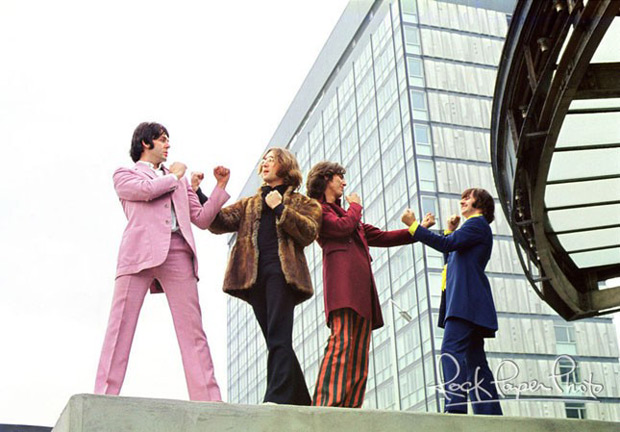
Was getting the Beatles photos available to the public your biggest driving factor in working with Rock Paper Photo?
Well, yes. To be quite honest I’ve had Beatles fans nagging that they frankly couldn’t afford the limited-edition chromogenics, and for a fan they’re quite expensive. I don’t produce tiny little prints, I grew up the old-fashion way with chemicals and papers. So when Rock Paper Photo said they were going to do a giclée edition. I said fine, that will be great for fans.
Tell us a bit about the progression of your lengthy career.
I’m very lucky, I’ve been a photographer since I was 15. I’ve just been snapping my way around the world and it is just very fortunate for me that I’ve frequently been in the right place at the right time and skilled enough to produce some work. I started in newspapers in the ’60s, I worked there for years, then I went to Africa and worked there for years. And I came back and became the staff photographer for the Sunday Times Magazine. Then opened my own studio and started getting American clients and moved to New York, then to Los Angeles. Then I went back to England about 10 years ago. and we started seriously thinking about putting these images out for people to purchase in around the year 2000.
Now back in England, what takes up most of your time nowadays?
I’m actually semi-retired so now I’m going through fifty years of my photography. And its amazing, I’m coming across work that I’ve forgot I’ve did, found pictures of Norman Mailer, Richard Burt. I found a whole set of pictures of Eli Wallach, and some more of John Huston the film director. And some of that starts to become historically valuable now, so that may end up also on this website.
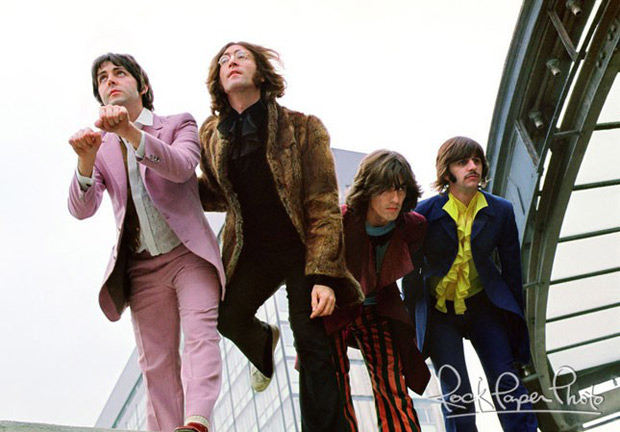
So you intend on showcasing more long-lost images on the site as well?
Anything that they’re interested in, I’m going to showcase. So much of the stuff is in slide form, transparencies, negatives, and the rest of it I’m actually just scanning it so that my agent in NY can see it. Once it’s scanned, I got to go back into it and caption everything and put little story in so people know the reason I got to photograph it. It’s the old stories that are interesting to people.
Why is it important to have all of this available online?
A lot of photographic collectors will be buying the rock-and-roll prints, whereas rock and roll fans will be buying the giclée edition. Because they’re fans of the singers, they’re not necessarily collectors of photography. That’s the way it works. And a lot of galleries won’t sell both together. With the way things are going, more and more people buy stuff online. I know I do and I’m 68 years old. My mother is 92 and she occasionally buys things online, so it is the way of the future.
All images by Tom Murray
